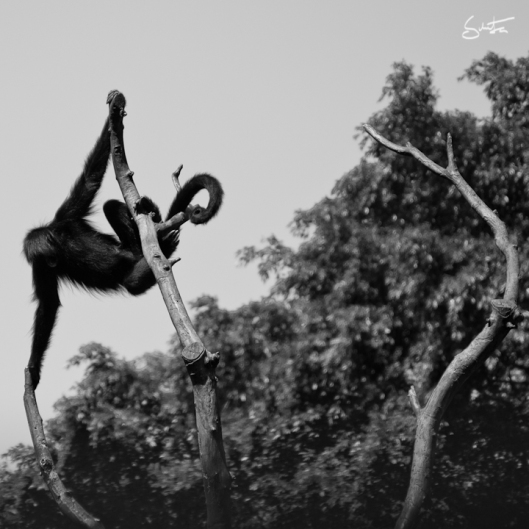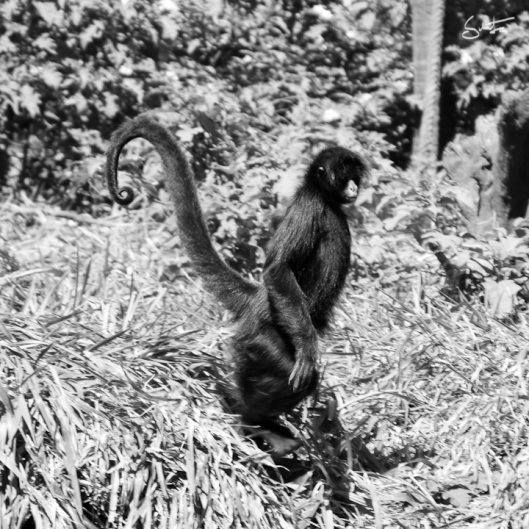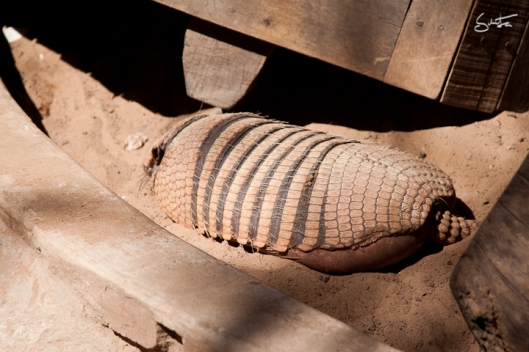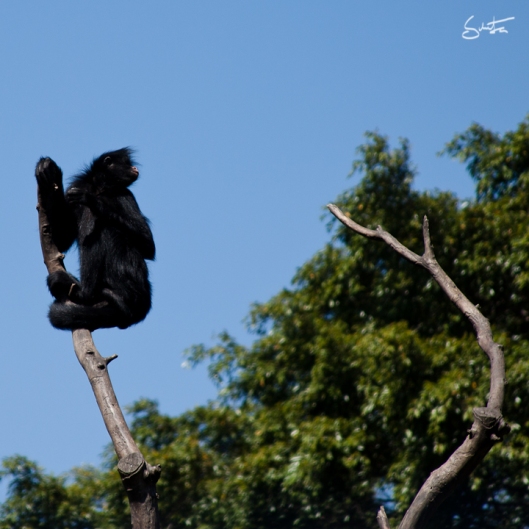W zeszlym tygodniu cala Boliwia zyla tragedia w jednym z najwiekszych wiezien w kraju – ‘Palmasola’ w Santa Cruz. W wiezieniu wywiazala sie bojka, ktora doprowadzila do pozaru. Zginelo 30 osob, w tym jednoroczne dziecko, a wiele osob zostalo ciezko rannych. Dzis wszyscy zadaja sobie pytanie: dlaczego?
Oto jeden z bardziej wnikliwych artykulow – ‘Palmasola es Boliwia’, pochodacy z dziennika ‘El Dia’, probujacy udzielic odpowiedzi na to pytanie. Mysle, ze warto przytoczyc jego fragmenty, ktore staralam sie jak najlepiej przetlumaczyc. Tutaj znajdziecie oryginalny tekst.
Boliwia jest jak Palmasola i wszyscy Boliwijczycy są odpowiedzialni za to, co się właśnie stało w tym więzieniu.
‘Ministowie, którzy przybyli na miejsce aby obwinić kogoś za tetragedie, nie mieli pojęcia, co się tam naprawde dzialo. Nie mieli świadomosci, że straznicy nie mają wstepu do sal wieziennych, a ich jedyną funkcją jest monitorowanie obwodu więzienia, gdzie prowadza interesy z więźniami, którzy są ostatecznie odpowiedzialni za “dyscypline”. Innymi słowy, bojka, ktora sie tam wszczela pomiedzy wiezniami, byla proba sily, by zobaczyć, kto ma kontrolę i kto będzie odpowiedzialny za stosunki z władzami w zakresie wspólnego nadzoru sprzedazy alkoholu, broni, narkotyków, telefonow komórkowych i wszystkiego innego, która odbywa sie na zasadzie niepisanych reguł, ale bardzo dobrze skoordynowanych.
Palmasola jest odzwierciedleniem tego, jak władze Boliwii zarządzaja sprawami publicznymi w tym kraju. Palmasola jest jak bazary, gdzie kontrole maja sprzedajacy, którzy piszą zasady, narzucaja swoje warunki, rozkladaja towar gdzie chca, naruszajac przy tym publiczna przestrzen.
Palmasola jest jak transport publiczny, kontrolowany przez związki zawodowe, które ustalaja stawki, trasy, które określają jakość produktów i usług. Palmasola jest jak parki narodowe, zdane na łaskę producentów koki, handlarzy, kolonizatorów i nielegalnych drwali; Palmasola jest jak walka z podziemiem narkotycznym, kontolowana przez dostawców surowców.
To nasza wina, Boliwijczykow, że to działa w ten sposób. Mamy więzienie, markety i transport, na które zasługujemy i oczywiście, władze sa za utrzymaniem tego stanu rzeczy. Obrazem, który najlepiej ilustruje smutne piatkowe wydarzenia, jest fotografia wysokiego urzędnika państwowego podnoszącego pięść w więzieniu, bedacego odpowiedzialnym za to pieklo, z powodu ktorego jesteśmy dzis w żałobie. Obraz ten ilustruje brak świadomości, najgorszej choroby w tym kraju.
Palmasola jest po prostu odbiciem, jak władze zarządzaja sprawami publicznymi i jak adresuja problemy. Mimo ogłoszenia szczegółowego sledztwa, powolywania specjalnych komisji, sytuacja nigdy się nie zmieni, jeśli władze trzymac sie beda kurczowo tego samego ‘dekoracyjnego’ i bardzo lukratywnego stanowiska, jak w innych dziedzinach.’
Amen.
***
Last week all Bolivia lived the tragedy that happened in one of the largest prisons in the country – ‘Palmasola’ in Santa Cruz. A fight in the prison led to the fire, that killed 30 people, including one year old child, leaving many people seriously injured. Today, all ask the same question: why?
Here is one of the most insightful articles – ‘Palmasola es Bolivia’, from newspaper ‘El Dia’, trying to answer this question. I think that it’s worth to quote some excerpts, which I tried to translate as best I could. You can find the original article in Spanish here.
Bolivia is Palmasola and all Bolivians are responsible for what has just happened in the prison.
‘Ministers who came to the site to blame someone for this big tragedy, had no idea what was going on in the facility. They were unaware that the police have no entry in the halls and their only function is to monitor the perimeter of the prison, where they use to make an excellent business with prisoners, who are ultimately responsible for “discipline” within the prison. In other words, the fight the other day was nothing more than a mechanism for inmates to see who gets control over the prison and who will be responsible for the relationship with the authorities for the joint supervision of the admission of alcohol, weapons, drugs, cell phones and all that flows under certain unwritten rules, but very well coordinated.
Palmasola is simply a reflection of how Bolivian authorities manage public affairs in this country. Palmasola is like markets where sellers are those who write the rules, impose their conditions and where they settle down no matter if they invade the streets and squares. Palmasola is as public transport, which is the trade unions that allocate the rates and routes, that define quality and service; Palmasola is like national parks at the mercy of coca growers, traffickers, colonizers and illegal woodcuters; Palmasola is like fight against the narcos that is held by the suppliers of raw materials (coca).
It’s our fault, the Bolivians, that things work that way. We have prisons, market and transportation that we deserve and of course, the authorities are up to keep it the way we have chosen. The image that best illustrates the sad Friday’s event is a photograph of a high state official raising his fist in prison, while developing all the hell that we are grieving today. This image illustrates the lack of awareness, the worst disease in this country.
Palmasola is simply a reflection of how the authorities manage public affairs in this country and how the State addresses problems. And more to be announced thorough investigations and especially formed committees, but things will never change if the authorities continue to take the same ‘decorative’ and quite lucrative stand as they do in the other fields.’
Amen.
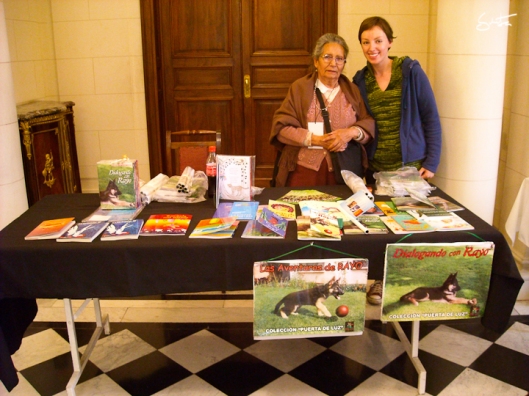

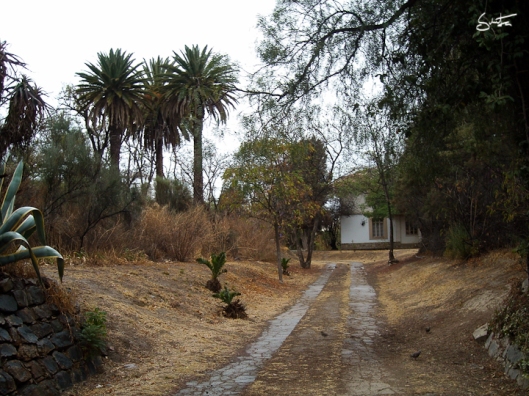

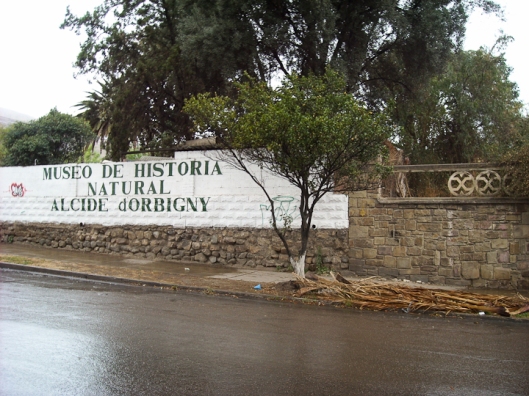
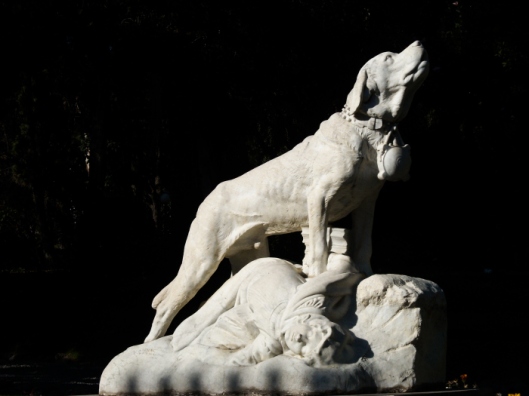
![salvador-dali-walking-anteater-paris-france-1969[1]](http://boliviainmyeyes.files.wordpress.com/2013/08/salvador-dali-walking-anteater-paris-france-19691.jpg?resize=428%2C640)
![anteater_lady[1]](http://boliviainmyeyes.files.wordpress.com/2013/08/anteater_lady1.jpg?resize=308%2C400)


